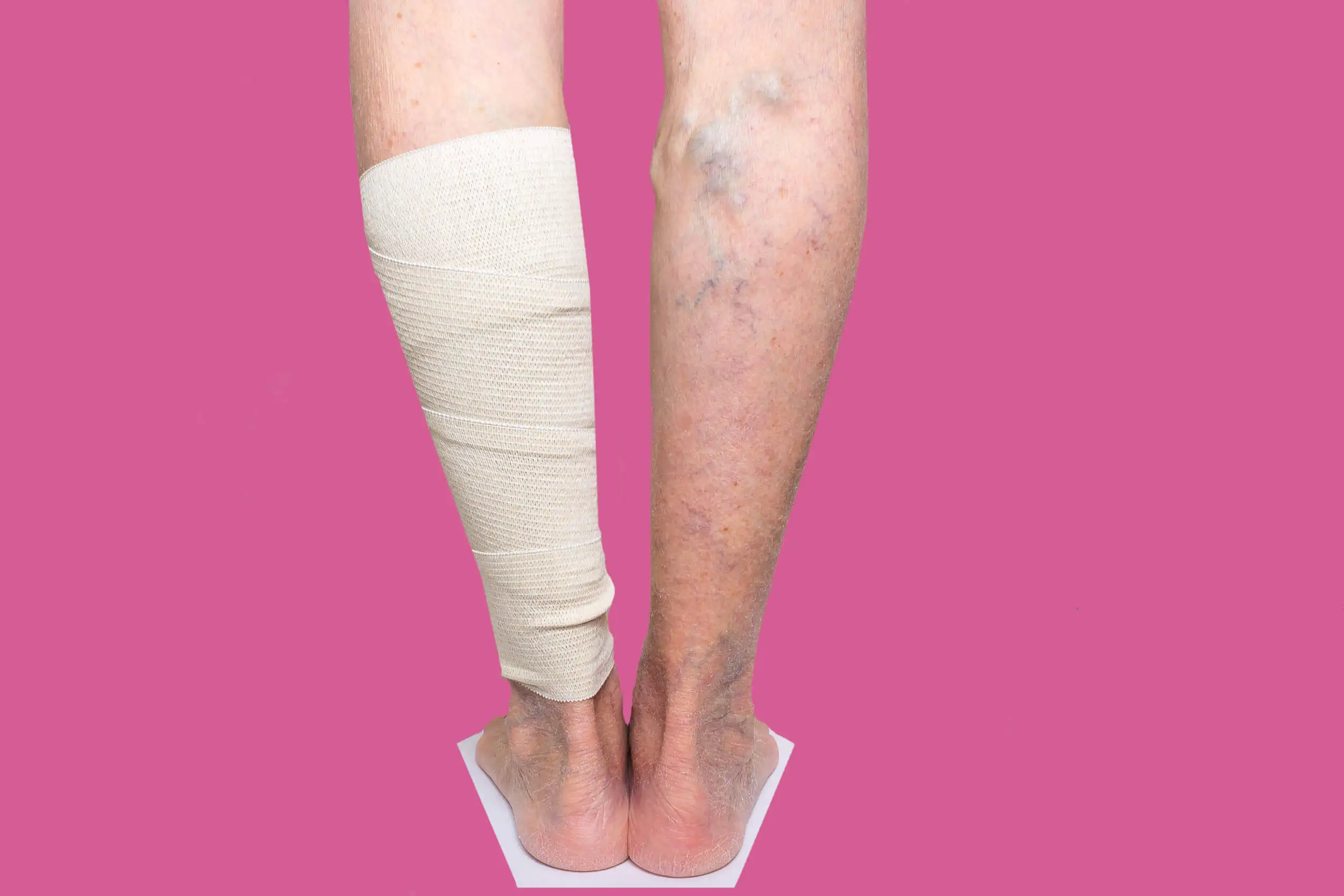Cilostazol: What Is it Used For?


Reviewed and approved by the pharmacist Franciele Rohor de Souza
Cilostazol is a drug used for its antiplatelet and vasodilator properties. Because of this, it’s recommended in the treatment of intermittent claudication. Therefore, it is a vasodilator that relaxes the walls of the blood vessels to facilitate their dilation.
In turn, it improves circulation because it doesn’t allow platelets, which are blood cells, to agglomerate, forming a clot that acts as a plug in the circulation of our blood.
It’s marketed in the form of 100-milligram tablets and the recommended dose is one tablet every 12 hours. However, it isn’t recommended in people who have congestive heart failure.
What is intermittent claudication?

Intermittent claudication also known as vascular claudication, is one of the symptoms of peripheral arterial disease, which is caused by blockage of the arteries supplying the legs. It manifests itself in the form of pain in the lower extremities because blood flow is very low. It usually appears, above all, during physical exercise.
It’s important to know that the term intermittent refers to the pain manifesting itself in the lower extremities. However, there is also the term claudication which affects the arms. Therefore, the main characteristic of this condition is the pain that occurs when traveling a certain distance.
At first, you may only notice the pain when you’re playing sport. But, when this pathology worsens, you may start to feel it even when you’re resting. Although intermittent claudication is sometimes considered to be a pathology, as mentioned above, it’s rather a symptom of peripheral arterial disease.
Fortunately, there’s treatment available for this condition – such as cilostazol – that allows patients to improve their quality of life and this helps them to lead an active life without pain.
Symptoms
Some of the most frequently described symptoms of intermittent claudication are as follows:
- Intermittent pain: This appears and disappears as the patient performs their daily activities.
- Pain during physical exercise: This usually appears more in the feet, thighs, hips, and buttocks. However, you shouldn’t forget that their arms may also be affected, although this situation is less common.
- Skin problems: Spots or ulcers may appear on the skin. Fingers and toes may become bluish in color.
- Pain when resting: This symptom is characteristic of when this condition is already advanced. It doesn’t usually appear at the beginning.
Discover more: Treatments for Vascular Lesions
Mechanism of action: how does cilostazol affect the body?
Cilostazol owes its effects to its ability to inhibit an enzyme known as phosphodiesterase 3.
Phosphodiesterase 3 is significantly involved in the regulation of cardiac muscle, vascular smooth muscle, and platelet aggregation. Therefore, when inhibited by the action of cilostazol, the symptoms related to these processes improve considerably.
On the other hand, it’s worth mentioning that this drug also has another mechanism of action that is quite different from the one described above. However, until now it has only been used for its vasodilator action.
Several clinical trials have been developed which have shown that patients who have been treated with cilostazol and who suffered from the symptoms of intermittent claudication are able to travel longer distances without pain.
Read also: 5 Natural Ways to Elevate Platelet Count
Adverse reactions of cilostazol

Among the most frequent mild side effects we can mention the following:
- Tachycardia
- Palpitations
- Headaches
- Diarrhea and stomach discomfort
Apart from these, other adverse reactions may develop with cilostazol treatment. If you suffer from any of them you should report them to your doctor:
- Bloody urine
- Shortness of breath
- Feeling faint
- Fever, chills, and other flu symptoms.
In addition, cilostazol is not recommended in patients suffering from congestive heart failure. However, these aren’t the only adverse reactions that can be triggered by treatment with this drug.
How to avoid adverse reactions
In summary, cilostazol is a drug that inhibits phosphodiesterase 3, an enzyme involved in different processes in the circulatory system. Because of this, cilostazol has vasodilator and antiplatelet aggregation effects useful for the treatment of intermittent claudication.
This drug, like others on the market, has a number of adverse effects. For this reason, it should always be taken according to the doctor’s instructions within the framework of a healthy lifestyle.
If you have been prescribed it, ask your doctor any questions you may have regarding the use of this drug and always follow the instructions he/she gives you. This will help to prevent adverse reactions.
All cited sources were thoroughly reviewed by our team to ensure their quality, reliability, currency, and validity. The bibliography of this article was considered reliable and of academic or scientific accuracy.
- Lee, S. W., Park, D. W., & Park, S. J. (2014). Cilostazol. In Antiplatelet Therapy in Cardiovascular Disease. https://doi.org/10.1002/9781118493984.ch14
- Bedenis, R., Stewart, M., Cleanthis, M., Robless, P., Mikhailidis, D. P., & Stansby, G. (2014). Cilostazol for intermittent claudication. Cochrane Database of Systematic Reviews. https://doi.org/10.1002/14651858.CD003748.pub4
- Liu, Y., Shakur, Y., Yoshitake, M., & Kambayashi, J. I. (2001). Cilostazol (Pletal®): A dual inhibitor of cyclic nucleotide phosphodiesterase type 3 and adenosine uptake. Cardiovascular Drug Reviews.
This text is provided for informational purposes only and does not replace consultation with a professional. If in doubt, consult your specialist.








